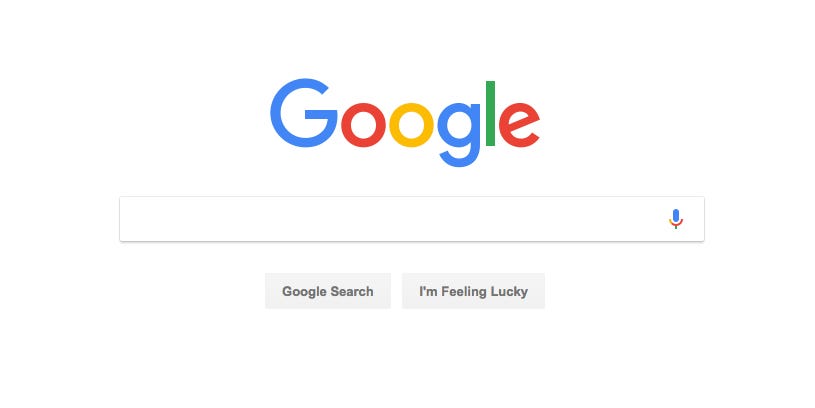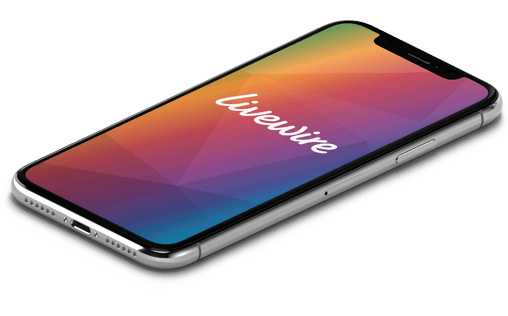
Minimalism in web design means simplifying the interface by removing unnecessary elements to convey your message to your audience perfectly. This is a vastly popular design aesthetic in website development services. Over the years, developers have experimented with colours, transitions, and navigations. Although currently popular, will minimalism continue to rule the web design world?
In this article, we will explore the pros and cons of minimalistic web design and how reducing your website design does not always equal a clear message.
The four essentials of minimalism in web design
Being simple or having reduced content does not make a design automatically minimalistic. However, like every art style, there are rules about what makes something minimalist. Using these 'rules' or design elements to identify what characterises minimalism in modern web design needs careful consideration.
1) Negative space
This is a standout value to minimalism in web design. Website development agencies will focus on aesthetics when designing a site—characterised as the empty space surrounding the graphic elements on a page. When used correctly, it can create a response that causes the audience to focus on a specific element.
Although very difficult to achieve, when done correctly, minimalism can be used to create a path for the audience to follow. For example, the Google homepage is all white, apart from their logo and central search bar. Instinctively users know how to interact with the site. This is partially down to negative space guiding users to the search bar.

2) Eye-catching visuals
The core to minimalism in web design is in how content is created. The goal is to convey your message clearly without distraction to maximise focus. What sets the stage for a minimalistic website is bold and contrasting visuals. Visuals include images, videos and typography. The visual content conveys your brand’s personality and message to your audience. Keep in mind the use of unique features that can help bring the website designs to life. Used correctly, they can build accessibility, draw focus, and increase engagement.
3) Typography
With so few elements, typography adds a layer of meaning to visuals and content. When thinking of minimalist typography, what typically comes to mind is large, bold, simplistic fonts. Although this is true most of the time, this does not have to be the case. All design elements have their own language, e.g. style, size, spacing and feyness all give a specific personality which will either build or distract from the message you are trying to send.
4) Placement
Because there are few elements on a page, it makes their placement even more significant. A page aesthetic can make or break a site users flow. Symmetrical designs will bring balance and harmony. In contrast, an asymmetric design that is eye-catching can make a more engaging journey for the user. With a stripped-down design, juxtaposition of elements or colours can bring engagement to an otherwise empty screen.
Minimalistic design removes all unnecessary elements from the design, but will it help you achieve the purpose of your website?
Pros of minimalist Web Design
- Easy navigation can create an enjoyable user experience. Viewers are usually in a hurry for information and do not want to learn how to figure out your website. By using clear CTA (Call to action) buttons, you create transparent engagement to the website user without overstimulation.
- Faster Loading Times - Fewer elements to the page equal fewer things to load, therefore a faster loading time. Studies show that a slow loading time leads to a higher bounce rate. This will directly affect your bottom line as users leave before the page loads. A high bounce rate will also negatively affect your SEO.
- SEO Friendly – search engines find minimalist web designs easier to crawl. Since there are few elements (HTTPS, CSS, JavaScript, images and videos), there is less 'clutter' in the coding. As a result, crawlers have less to crawl through to map. Also, as stated above, fewer elements equate to a faster loading time. These two features are critical aspects of Google's analytic ranking. Check out our FREE SEO auditor to review your website.
- Fewer problems – Fewer elements to a website means that the website is less complicated. With that comes fewer applications and plugins, which are less likely to break. If they, do it will be easier to identify and fix them.
Cons of minimalist web design
- Limited communication – It can be tough to convey complicated information with few images or words. In some industries, a small amount of content to communicate the function of the website will be easy, however, if your site requires complex content and interactions a minimalist approach may hinder communication with your audience.
- Too blank – If designed well, this should not be an issue. However, minimalism can be taken too far with the site stripped back so far that there is not enough information or anything that engages the audience. It can be hard to coney a convincing brand value when your site looks like a desert instead of an oasis.
- Lack of room to grow – Keep in mind how your company might grow and how that may affect your website. Some minimalist designs can become restrictive when growing. Always plan for the future.
In conclusion…
Minimalistic thinking has become the basis of modern website design. But understanding its fundamentals and purpose before approaching a complete minimalistic change to your brand's site needs careful consideration.
By including only what is necessary, a website caters specifically to its mission centred around analytic optimisation and UX (User experience). Designed stripped down to its essentials can reveal its content perfectly and clearly to your audience. However, not all products and services can be conveyed in such a basic format. By cutting out all elements from the site, you risk losing the brand identity and the objective of the website.
In conclusion, you can create a website that strips away the unnecessary without going completely minimalistic.
Learn more at https://livewire.marketing/digital/ or contact us today. We are always happy to chat.


